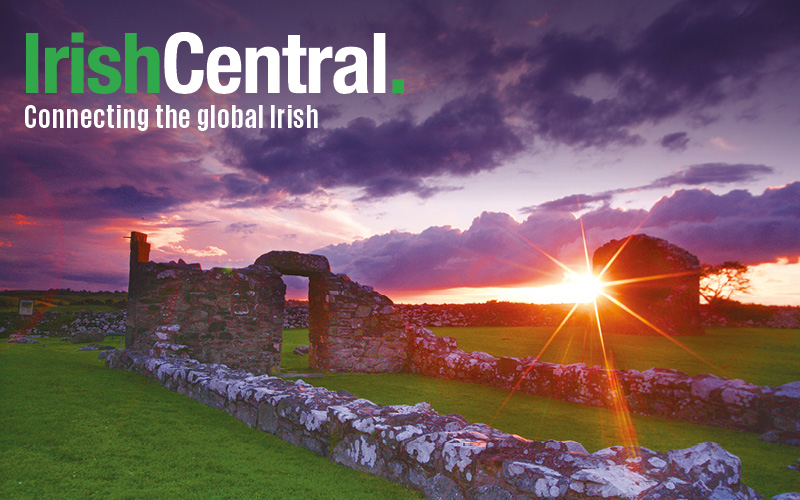Findmypast is working in partnership with IrishCentral to share fascinating insights into your Irish ancestors. Click here to get a special half price subscription, and discover your Irish roots today!
For more stories on tracing your Irish heritage from findmypast click here.
Dogs have been prized companions in Ireland since ancient times, featuring in the country’s mythology and earliest laws.
Because dogs have been such a familiar presence over time for virtually all Irish families, the Dog Licence Registers are one of the best available resources for family historians tracing their Irish roots over the nineteenth and early twentieth century.
Notice from the Dublin Evening Mail regarding the introduction of the dog tax.
The Dog Licence
The dog licence (tax) was introduced to Ireland in 1865 and first collected in 1866. Licences cost two shillings per dog, plus an additional 6 pennies administration fee.
Two shillings sixpence could represent half a day’s wage to a farm labourer in 1866. The annual licence today is €20 per dog – nearly $30.
Over three hundred and fifty thousand dogs were registered in the first year of the tax, generating over £35,000 in revenue. After that numbers fell off to about 250,000 a year. The information contained in the registers is very similar to that recorded on modern day licences, and includes:
- Owner’s name and address
- Dog’s colour, sex and breed
Dog Licence Register 1883.
Dogs & the Law - Picking up after your dog is nothing new!
Licences weren’t the first Irish laws around the control of dogs. Early medieval laws stated that dogs could roam freely on a person’s property at night, and that anyone attacked by a dog at night had little or no recourse to the law as they were considered to be trespassing. During the day dogs had to be kept tethered for the protection of people and livestock.
Although there was no licencing of dogs in the medieval period, there were strict laws around their straying, attacking livestock, damaging property and defecating. If a dog defecated on someone else’s land the owner not only had to remove the offending deposit but also remove soil it sat on - which was considered tainted - and give the landowner a gift of butter, curds & dough. A pooper-scooper & the nearest bin don't seem so onerous now!
In the late nineteenth century dogs also had to be muzzled to prevent the spread of rabies, or hydrophobia as it was called at the time. This legislation was rigidly enforced, and it appears this was quite effective - Ireland has been rabies free since 1903.
Dogs & Genealogy
The large number of dogs licenced every year makes the Dog Licence Registers a valuable resource for tracing your Irish family history, particularly in the pre-census years 1866-1900. With upwards of 250,000 entries a year these records could be the key to knocking down your brick wall.
Start searching for your four legged family members (and their humans) now: Click here to search the Dog Licence Registers.
Dog Licence Stamp featuring Irish Wolfhound.
Findmypast is working in partnership with Irish Central to create expert content around Irish family history. With the largest collection of Irish family history records online and a team of expert genealogists, findmypast is the best place to discover your Irish heritage.




Comments